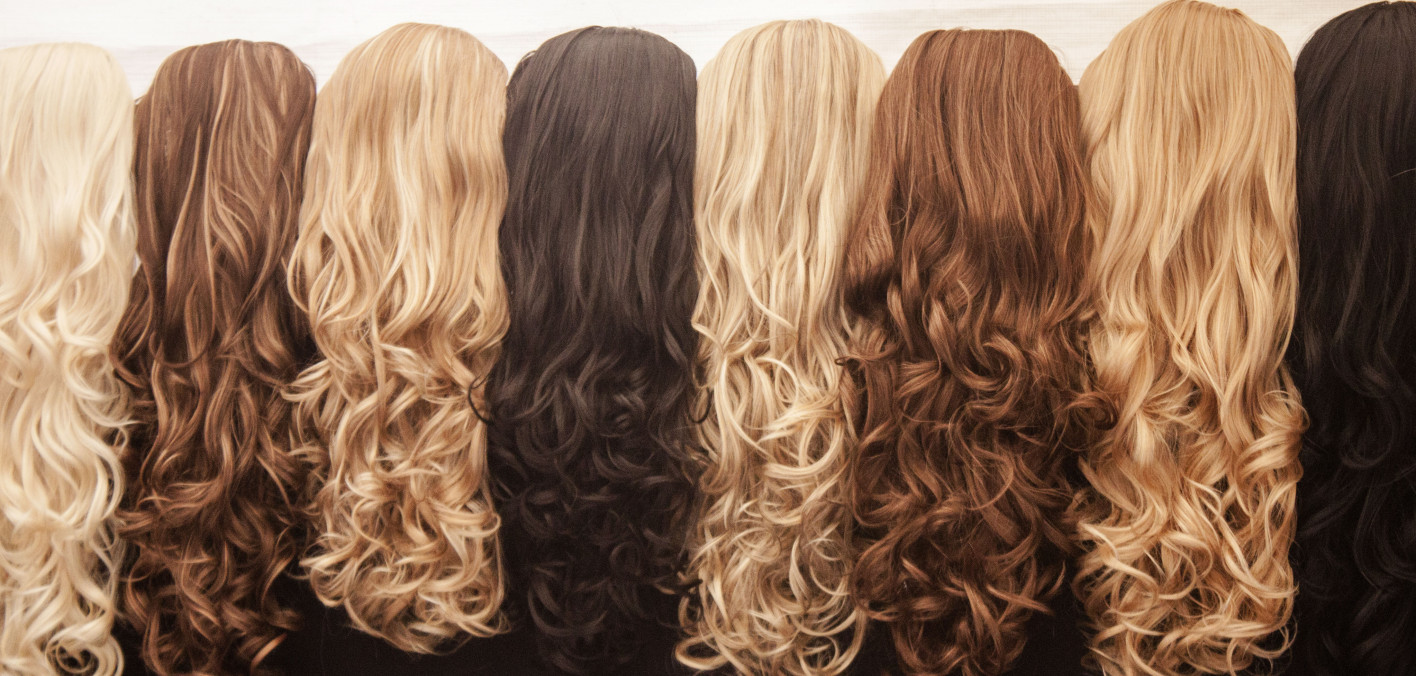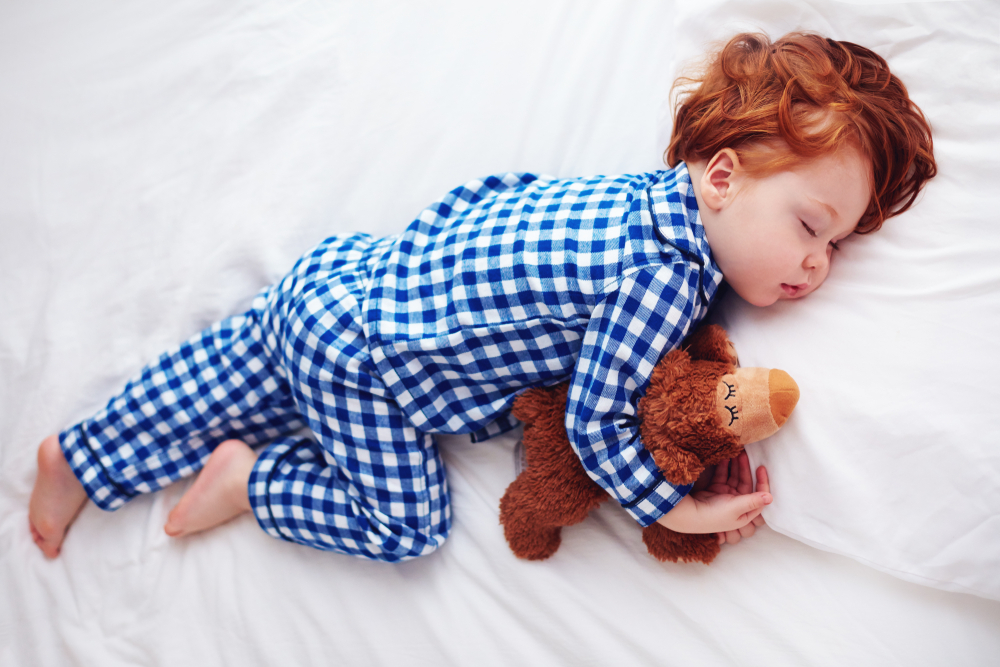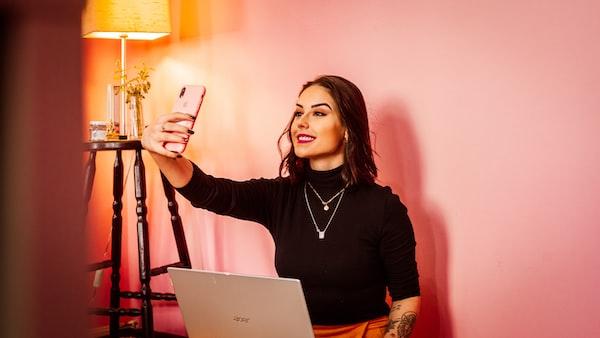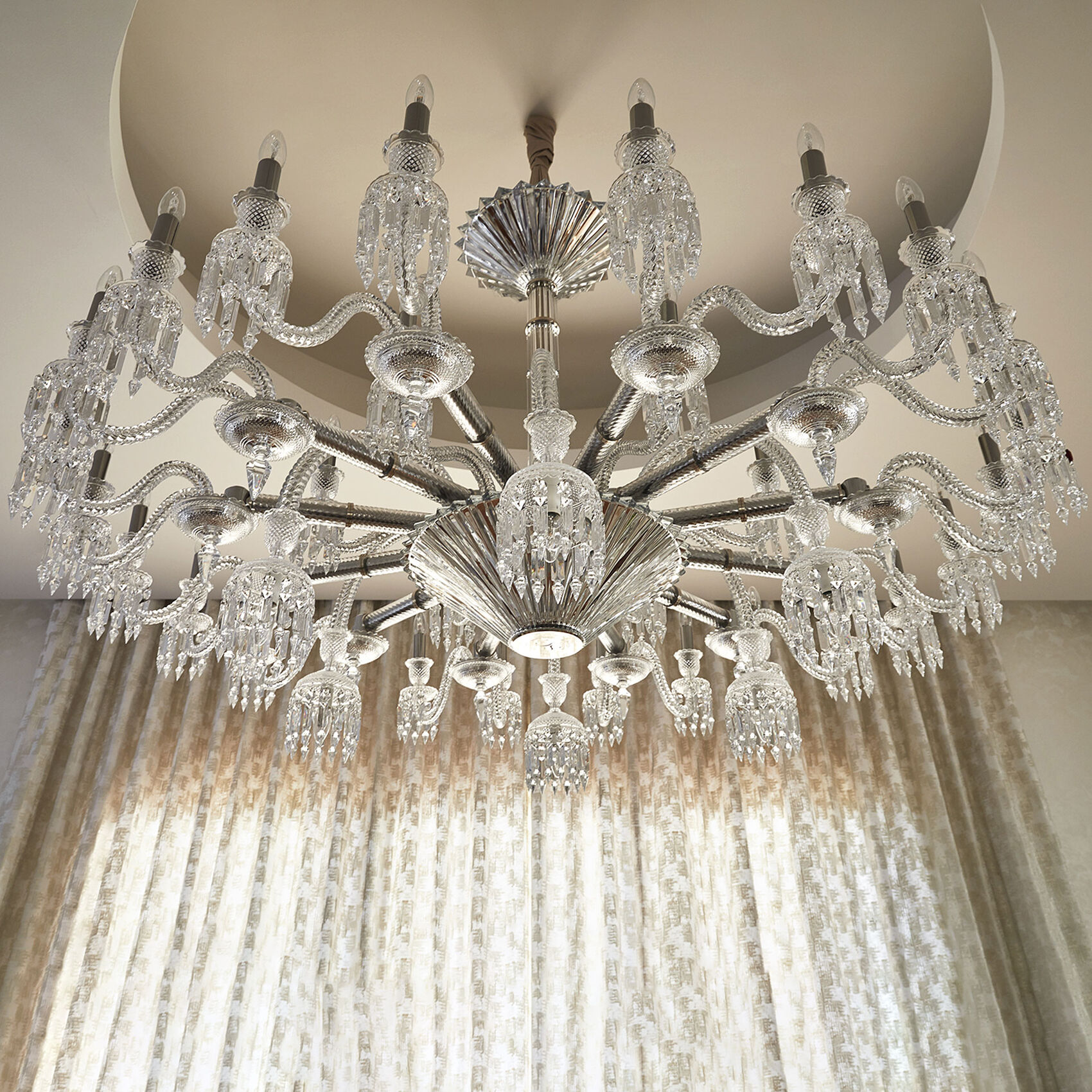LIFESTYLE
Cleaning tips to help keep the COVID-19 virus out of your home

Can coronavirus disease (COVID-19) be transmitted through food? How can I wash my clothes now? The mundane household chores have become a source of uncertainty and anxiety as families struggle to complete basic tasks while keeping loved ones safe and healthy. Widespread misinformation about the virus puts everyone at risk and exacerbates the need to separate fact from fiction.
While research on the COVID-19 virus continues, we know that the virus is spread by direct contact with an infected person’s respiratory droplets (through coughing and sneezing) and by touching surfaces contaminated with the virus. The virus can survive on surfaces from several hours to several days. Good news? Simple disinfectants can kill it. Now what does this mean for your home?
To help parents, we’ve compiled the latest information from experts on what’s known about COVID-19 and tips on how to keep it out of your home.
Cleaning tips to protect yourself from COVID-19
Personal hygiene
Simple hygiene measures can help protect the health of your family and everyone else.
don’t touch your face
Avoid touching your eyes, nose and mouth.
Don’t cough or sneeze into your hands
Cover your mouth and nose with your elbow or tissue when you cough or sneeze. Dispose of used tissue immediately.
keep the distance
Stay at least 1 meter (3 feet) away from people who are coughing or sneezing.
Wash, wash, wash your hands
Yes, you hear it everywhere because it’s the best line of defense. Wash your hands frequently with soap and water for at least 20-30 seconds.
The easiest way to spend time with your kids is to sing the whole happy birthday song twice.
Be sure to wash your hands after blowing your nose, sneezing into a tissue, going to the bathroom, leaving and returning home, before preparing or eating food, applying makeup, handling contact lenses, etc.
If you use hand sanitizer, make sure it contains at least 60 percent alcohol, be sure to cover all parts of your hands and rub them together for 20 to 30 seconds until they are dry. If your hands are visibly dirty, always wash your hands with soap and water.
Did you know Cold and warm water are equally effective at killing germs and viruses, as long as you use soap and wash your hands properly!
Cleaning around the house
Regularly cleaning and disinfecting frequently touched surfaces in your home is an important precaution to reduce the risk of infection.
Follow the instructions on the cleaner for safe and effective use, including product application precautions such as wearing gloves and ensuring good ventilation.
Some national authorities have compiled product lists recommended for use against the COVID-19 virus.
Frequently touched surfaces for cleaning and disinfection
Every home is unique, but common surfaces that are frequently touched include: doorknobs, tables, chairs, handrails, kitchen and bathroom surfaces, faucets, toilets, light switches, Spectrum Cell Phone Service, computers, tablets, keyboards, remote controls, and etc. game controllers. and loved ones. toys
What to use for cleaning and disinfection
If the surface is dirty, first clean it with soap and water or detergent. Then use a disinfectant containing alcohol (about 70 percent) or bleach. It is not recommended to use vinegar and other natural products.
In many places, it can be difficult to find disinfectant sprays and wipes. In such cases, continue cleaning with soap and water. Diluted solutions of household bleach can also be used on some surfaces.
how to disinfect
It is important not to wipe off cleaning solutions immediately after they have been applied to the surface. Many disinfectants, such as wipes and sprays, must remain wet on the surface for several minutes to work. Always read the instructions to ensure that you are using the products as recommended and that you do not damage sensitive items such as mobile phones and other electronic devices. Consider using washable electronics cases.
cleaning clothes
It is currently unclear how long the COVID-19 virus can survive on fabric, but many garments have plastic and metal elements in which it can live for hours to days.
Use caution and common sense. Good practices to consider include removing your shoes when you enter a home and putting on clean clothes when you return home from crowded areas, as well as washing your hands with soap and water immediately afterwards.
wash clothes at home
Wash sheets, towels, and clothes regularly.
Do not shake dirty clothing to minimize the possibility of airborne transmission of the virus.
Wash items with soap or detergent using the appropriate setting of the hottest water and dry thoroughly; both steps help kill the virus.
Wash your hands immediately with soap and water or use an alcohol-based hand sanitizer.
Wash or disinfect your laundry bag and basket. Consider storing dirty clothes in disposable bags.
washing clothes away from home
If you need to wear clothing outside the home, take reasonable precautions:
Prepare your clothes before you leave home to minimize the amount of time you spend outside.
Try to go at a time when there are fewer people.
Keep physical distance with other people.
Put on disposable gloves if you have them, disinfect the surfaces of all machines you use, and avoid touching your face.
If you’re running a laundromat indoors, wait outside for the laundry to finish if you can.
Fold your clothes at home.
Immediately wash your hands with soap and water or use an alcohol-based hand sanitizer.
Also wash or sanitize your laundry bag/basket. Consider storing dirty clothes in disposable bags.
If you don’t have access to a laundromat, wash your clothes by hand at home with soap or detergent and adequate hot water.
Processing and cooking.
Although there is currently no evidence that people become infected with the COVID-19 virus through food or food packaging, people can become infected by touching a surface or object contaminated with the virus and then touching their face.
The greatest risk occurs when you are in close contact with others when buying food or receiving food delivery (for example, receiving any delivery in areas with local transmission). As always, good hygiene is important when handling food to prevent foodborne illness.
Food handling and packaging precautions
Remove any unnecessary packaging and dispose of in a closed trash container.
Remove food from to-go containers, place on a clean plate, and discard container.
Containers such as cans can be cleaned with a disinfectant before opening or storing.
Thoroughly wash unwrapped foods, such as fruits and vegetables, under running water.
Immediately wash your hands with soap and water or use an alcohol-based hand sanitizer.
General food hygiene tips
Wash your hands thoroughly with soap and water for at least 20 seconds before preparing food.
Use separate cutting boards for raw meat and fish.
Cook foods to the recommended temperature.
If possible, store perishable foods in the refrigerator or frozen, and pay attention to expiration dates on foods.
Try to recycle or dispose of food waste and packaging properly and hygienically, avoiding accumulations of waste that can attract pests.
Wash your hands with soap and water for at least 20 seconds before eating, and make sure your children do the same.
Always use clean plates and cutlery.
LIFESTYLE
Choosing the Perfect Costume Wig with A Guide to Natural Hair Wigs

When it comes to creating the perfect costume or theatrical look, a wig can play a transformative role. Whether you’re dressing up for a special event, a theatrical performance, or simply for fun, choosing the right wig is crucial. In Australia, the popularity of natural hair wigs has been on the rise, offering a realistic and versatile option for those seeking authenticity in their appearance.
Understanding Your Needs
Before diving into the world of wig shopping, it’s essential to understand your specific needs. Consider the character or style you’re aiming to portray. Are you going for a historical figure, a fantasy character, or a modern celebrity look? Knowing the details of your desired style will guide you in choosing the right type of natural hair wig.
Material Matters
Wigs come in various materials, each offering unique benefits. Natural hair wigs, often made from human hair, are prised for their realistic appearance and versatility. In Australia, where the climate can vary, natural hair wigs are preferred for their breathability and comfort. Synthetic wigs, while more affordable, may lack the natural look and feel that human hair wigs provide.
Consider Your Budget
While natural hair wigs are known for their authenticity, they often come with a higher price tag. Before embarking on your wig-shopping journey, set a budget that aligns with your financial comfort. Keep in mind that investing in a quality natural hair wig can pay off in the long run, as they tend to be more durable and offer a more authentic look.
Choose the Right Style and Color
Selecting the perfect style and color is crucial to achieving the desired look. Natural hair wigs in Australia come in a variety of styles, from straight to curly, short to long. Consider the character or look you’re going for, as well as your personal style preferences. Additionally, pay attention to the color – whether you’re matching your natural hair or trying something bold, finding the right shade is key to a convincing appearance.
Focus on Fit and Comfort
Wearing a wig for an extended period can become uncomfortable if the fit is not right. Natural hair wigs are often adjustable, allowing for a customised fit. Look for wigs with adjustable straps or elastic bands to ensure a snug and comfortable fit. Prioritise comfort, especially if you plan to wear the wig for an extended period during events or performances.
Research Reputable Suppliers
When it comes to purchasing natural hair wigs in Australia, it’s crucial to buy from reputable suppliers. Research online reviews, seek recommendations from friends or fellow performers, and ensure the supplier has a history of providing quality wigs. Reputable suppliers often offer a range of styles, colors, and price points, allowing you to find the perfect wig within your budget.
Care and Maintenance
Once you’ve chosen the perfect natural hair wig, proper care is essential to ensure its longevity. Invest in wig care products and follow the recommended care instructions provided by the supplier. Natural hair wigs can be styled and treated similarly to your own hair, but they require gentle care to maintain their quality.
Conclusion:
Choosing the perfect costume wigs , especially natural hair wigs in Australia, involves careful consideration of your needs, budget, and style preferences. Embrace the transformative power of a high-quality wig, allowing you to embody your chosen character or style with confidence. By understanding the materials, fit, and care requirements, you’ll be well on your way to selecting the perfect natural hair wig for your next adventure in the world of costumes and theatrical performances.
LIFESTYLE
Sleep comfortably in pyjamas

Pyjamas are often more comfortable for sleeping than other sleepwear.
Womens pyjama sets are more comfortable than sleeping in a T-shirt or shorts. This is because they have sleeves and legs, which provide warmth and protection from the cold air outside. They also help keep you warm when you’re as little as wearing them around your house at night before bedtime!
Why should you wear pyjamas at home?
Here is a list of reasons why you should consider purchasing pyjamas:
Pyjamas are an excellent option for sleepwear.
Women’s pyjama sets are a good choice for sleepwear. They’re comfortable, easy to wear and they look good too.
Pyjamas are an excellent way to prepare for bed in the morning, whether you’re going on vacation or want something that feels more relaxed than pyjamas. And if you’re planning on lounging around the house all day long, pyjamas can be dressed up with any number of accessories—like tights, socks, and shoes—to create an outfit that works well with whatever else is going on in your closet at home (and maybe even outside).
Some people say that the colours of your pyjamas can change your mood.
Some people say that the colours of your pyjamas can change your mood. For example, if you are in a bad mood and wear dark blue or black pyjamas, they will generate negative energy and worsen your mood. This is because these colours are associated with sadness, depression, and loneliness; therefore, wearing them will increase your body’s stress, which may cause headaches or insomnia.
However, other people claim that wearing bright-coloured clothing makes them feel happier than others who wear duller colours such as grey or navy blue because these colours seem more promising than darker shades which can give off an impression of being more relaxed than their surroundings (i.e., it’s easier to see through).
Some women find it empowering to feel confident in wearing pyjamas as sleepwear.
They feel more relaxed, comfortable, and at ease with their skin when wearing them.
Pyjamas are essential to a woman’s wardrobe; they can be worn during any year’s season. They can be used as bedwear or loungewear, depending on how you want to use them and where you choose to store them when not in use.
Pyjamas are a convenient and comfortable choice as sleepwear.
Pyjamas are a good choice for sleepwear. They’re comfortable and practical, easy to take care of, easy to wear and clean—and they can be worn with anything from t-shirts to blouses.
Pyjamas had come a long way since they were only for pyjama parties or slumber parties (a concept that may still exist). Nowadays, you can get any pyjamas in almost any colour combination imaginable.
Keep in mind a few things:
Using silk pyjamas around electrical devices, like a computer or TV, is not recommended.
Silk is a very soft material, so using silk pyjamas around electrical devices is not recommended. This is because silk can be damaged by electrical appliances and could cause them to short out or malfunction.
If you use your silk pyjamas with a computer, it’s best not to do so while they are on your bed, as there may be static electricity in the air that can damage your computer.
Pyjamas help insomniacs.
Pyjamas are a great way to relax. They’re warm and comfortable, which helps insomniacs get a good night’s sleep. If you have trouble sleeping at night, try wearing pyjamas every night before going to bed. This will help you fall asleep faster and sleep better throughout the night.
Pyjamas are also perfect for staying warm in bed while relaxing or sleeping soundly during winter when temperatures drop below freezing outside (or if your room is under construction).
LIFESTYLE
Luxury sector impatient for return of Chinese tourists

The European luxury sector is welcoming the end of pandemic lockdowns in China, as the return of big-spending Chinese tourists could sustain further growth.
Prior to the pandemic, Chinese tourists visiting Europe were a major source of sales for luxury houses.
The Chinese accounted for “a third of luxury purchases in the world and two-thirds of those purchases were made outside China”, said Joelle de Montgolfier, head of the luxury division at management consulting firm Bain and Company.
Their return has led RBC bank to revise up its growth forecast for the sector this year to 11 percent, from seven percent previously.
“China reopening is one of the key ‘mega-themes’ for the luxury sector in 2023,” RBC Bank said in a recent note to clients.
After a drop in 2020, the luxury sector managed to surpass its pre-pandemic sales in 2021.
“The Chinese consumed, but only in China,” said Bain’s de Montgolfier. “In 2022, it was much more complicated with unexpected confinements in the country,” she added.
Nevertheless, that didn’t hold the sector back from making an estimated 22 percent jump to 353 billion euros (384 billion dollars), according to a November forecast by Bain and Company.
That growth was supported by the wave of post-lockdown US tourists visiting Europe armed with a strong dollar, as well as Korean and Southeast Asian tourists.
Another pleasant surprise was Europeans “who had been ignored for decades… and were more interested in luxury goods than expected”, said Erwan Rambourg, a luxury industry insider turned analyst and author of the book “Future Luxe: What’s Ahead for the Business of Luxury”.
‘More staff’
With the lifting of travel restrictions in China “there will be a considerable return of Chinese tourists but that will be more likely in the second quarter”, said Arnaud Cadart, a portfolio manager at asset manager Flornoy.
“The pandemic is still very active in China and it will affect lots of people.”
The Chinese tourists may be needed if the flow of US tourists slows. “European boutiques need this rebound in Chinese clientele to replace its American clientele which could buy locally,” said Cadart.
They also need to readapt to Chinese customers, who tend to travel in groups, and will join a large number of US tourists.
“There are already lines in front of the boutiques even without Chinese clients… they need more staff,” said de Montgolfier. Otherwise, they risk a “degradation of the experience” of shopping in a luxury boutique.
Another concern: the volume of merchandise that Chinese customers will want to buy is unclear. The sector likes to keep volumes low and does not discount to ensure exclusivity.(AFP)
-

 Entertainment1 year ago
Entertainment1 year agoAdmiral casino biz login
-

 Entertainment2 years ago
Entertainment2 years agoHow Much Does The Rock Weigh
-

 Entertainment2 years ago
Entertainment2 years agoDownload Popular Latest Mp3 Ringtones for android and IOS mobiles
-

 Entertainment2 years ago
Entertainment2 years agoTop 10 Apps Like MediaBox HD for Android and iPhone
-

 LIFESTYLE2 years ago
LIFESTYLE2 years agoWhose Heartland?: The politics of place in a rural–urban interface
-

 Fashion3 years ago
Fashion3 years agoHow fashion rules the world
-

 Fashion Youth2 years ago
Fashion Youth2 years agoHow To Choose the Perfect Necklace for Her
-

 Fashion Today2 years ago
Fashion Today2 years agoDifferent Types Of lady purse






